Description
MYRRH (Commiphora myrrha): May aid inflammation, chapped and cracked skin, wrinkles, hemorrhoids and voice loss. Assists hyper-thyroidism, diarrhea, dysentery, viral hepatitis, ulcers, bronchitis, asthma, expelling mucus, toning lungs, vaginal thrush, menstrual difficulties, stretch marks, cleansing obstructions in the womb, recovery from illness and relieving itch and irritation of weeping eczema. Anti-bacterial, anti-fungal and aids fungal infection (athlete’s foot, candida, jock itch and ringworm), mature complexions, hemorrhoids, gum infections, gingivitis, mouth ulcers, sore throat, boosting immunity (stimulating the production of white blood cells). Beneficial for voice loss and toning digestive tract reducing stomach gas and acidity.
Organic: Somalia, Africa
MYRRH is known as a FIXATIVE SHeMeN/oil and, therefore, is commonly blended with other oils to enhance their frequency and to prolong the fragrance. The Greek Gospels translate it as “muron” into the English as “ointment.”
Scripture: Myrrh is recorded in the Torah of the Bible and symbolically represents “BELONGING and PROPHECY.”
MYRRH is the MOST mentioned SHeMeN/oil in the Scripture, directly or indirectly 156 times. Genesis 37:25, 43:11; Exodus 20:5, 30:23, 34 (stacte), 34:7; Numbers 14:18, Deuteronomy 5:9; Esther 2:12; Psalms 45:8; Proverbs 7:17; Songs of Solomon 1:13, 3:6, 4:6, 14, 5:1, 5, 13; Matthew 2:11; 26:7, 9, 12; Mark 14:3, 4, 15:23; Luke 7:37, 38, 46, 23:56; John 11:2, 12:3, 5, 19:39; and Rev. 18:13.
MYRRH is the first SHeMeN/oil mentioned in Scripture in the book of Genesis 37:25 when Yosef/Joseph was sold as a slave to the caravan that was carrying balm and MYRRH. It was also one of the two SHeMeN/oils brought by his brothers to Egypt for the Egyptian ruler Yosef as a gift in an appeal for grain during famine (Gen. 43:11). It is also the FIRST and LAST SHeMeN/oil offered to Yehushua/Jesus, at his birth and at Golgotha at his execution on the tree.
Note: Songs of Solomon are, thematically, about the Bride Israel returning to her Betrothed Groom and the SHeMeN used in preparing her much like Esther/HaDaSsaH when she was preparing to be a bride for the king.
Now when every maid’s turn was come to go in to king Ahasuerus,
after that she had been twelve months, according to the manner of the women,
(for so were the days of their purifications accomplished, to wit,
six months with oil of myrrh, and six months with sweet odours,
and with other things for the purifying of the women . . .
Esther 2:12
Emotional Influence: Uplifting. Release stuck emotions and motivate one to move forward in life. Used for apathy (no incentive). Enhances and strengthens spirituality, purify spiritual environment, aid in preparation teachings, balances upper and lower energy centers, helps one to visualize goals and creativity. Aid to bring up deep hidden emotions, awakening awareness, deal with fear, overcoming irritability. Calming, help rid of emotional coldness, soothing and supporting.
Ancient Use: Used for skin conditions including stretch marks, soften perineum for birth, for umbilical cord and to prevent infections. Also used for oral hygiene, embalming and insect repellent. Egyptians carried cones of fat on their heads containing MYRRH that would melt in the desert heat and keep their bodies bathed in oil.
Modern Use: Antiseptic, balancing thyroid, endocrine system, supports immune system. Bronchitis, diarrhea, thrush/yeast in babies, vaginal thrush, athlete’s feet, ring worm, viral hepatitis, chapped skin, wrinkles. Used in many perfumes such as Alliage, Matchbelli, LeSport.
Application: Topical and oral (with carrier properly diluted)
Constituent: Monoterpenes/Sesquiterpenes
Descriptor: Stimulates liver, aids digestion, decongestant, anti-inflammatory and anti-lipic.
Distilled: Resin
CAUTION: Use with caution during Pregnancy.
Remnant Remedy Sources 4 types of Essential Oils: 1) Wild crafted; 2) Organic Certified; 3) Organic (not certified) and 4) Eco-Cultivated: Farmed but in an eco-sensitive manner and not agrabiz grown. Plants are grown in a traditional manner specifically for aromatherapy and therapeutic use. If at all possible when sourcing our essential oils, we look at how plants are grown and for what purposes as well as regional and agricultural practices.

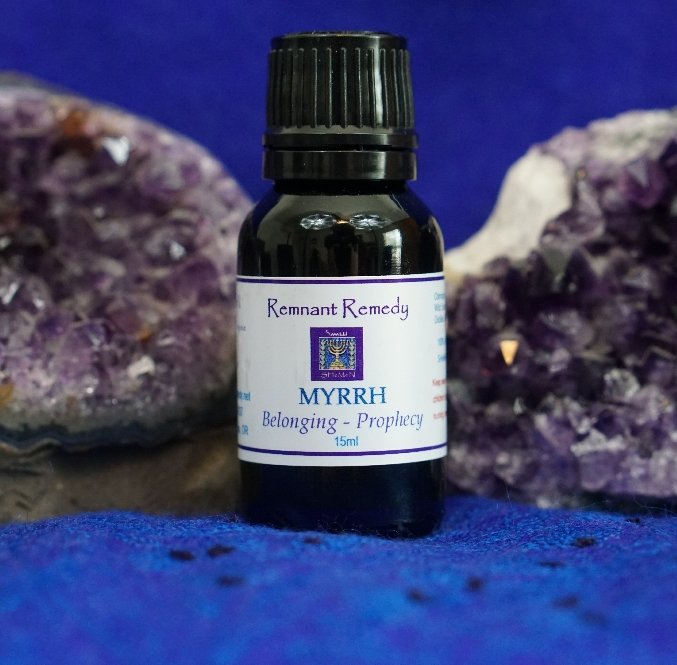
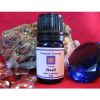
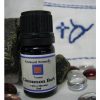
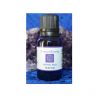
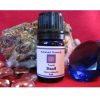
Reviews
There are no reviews yet.